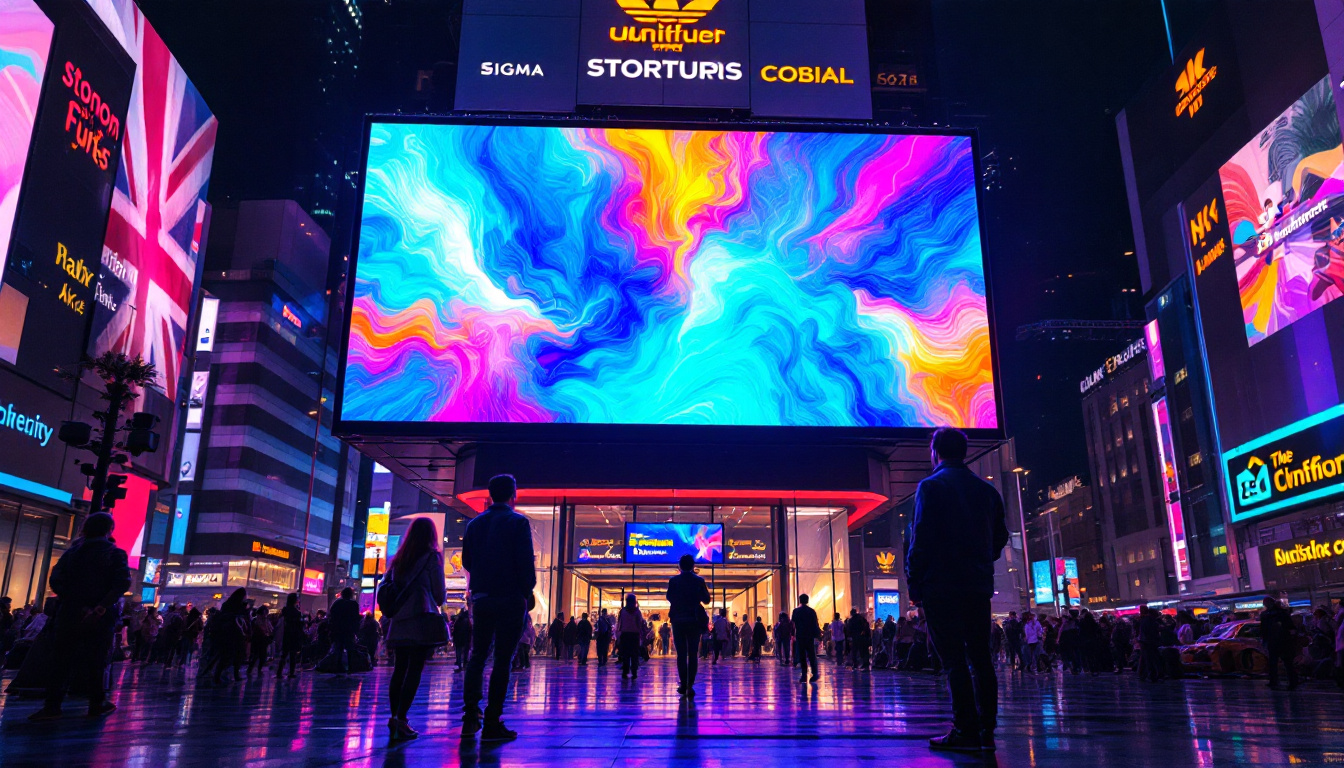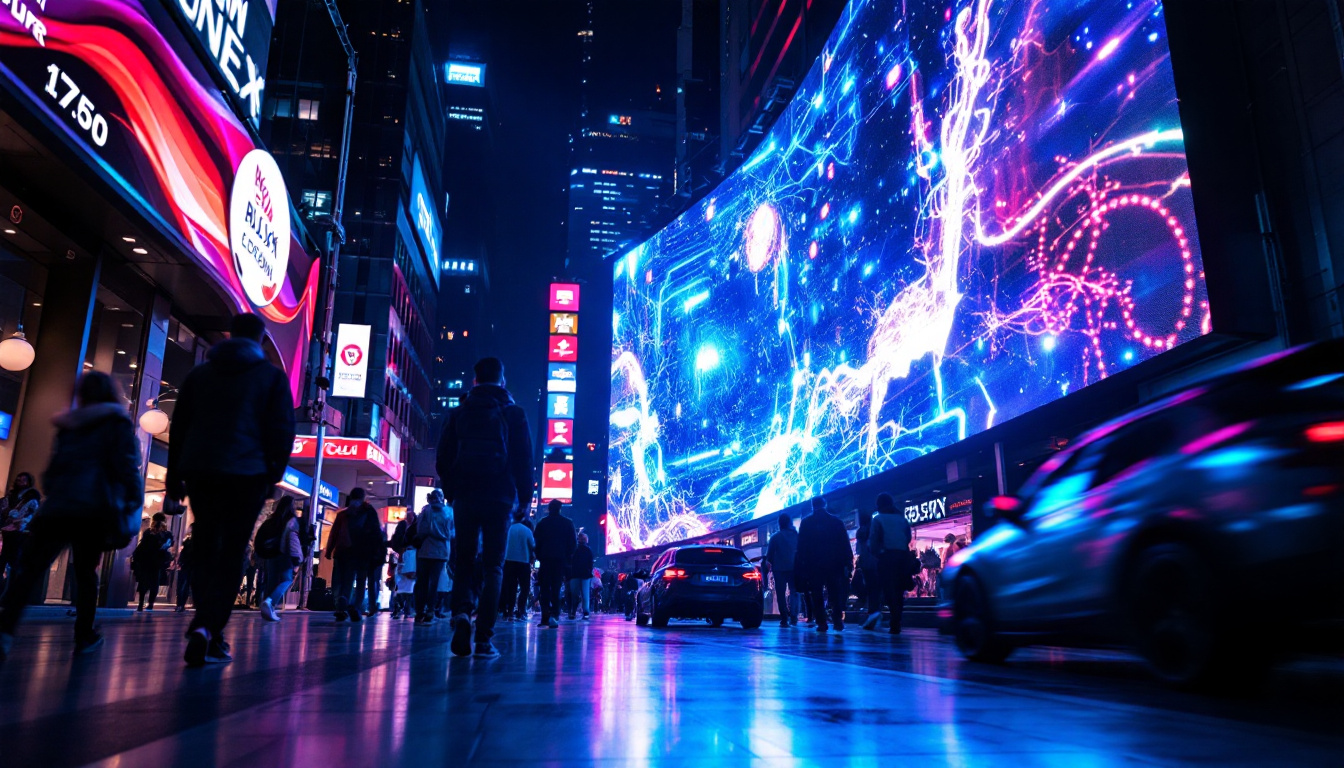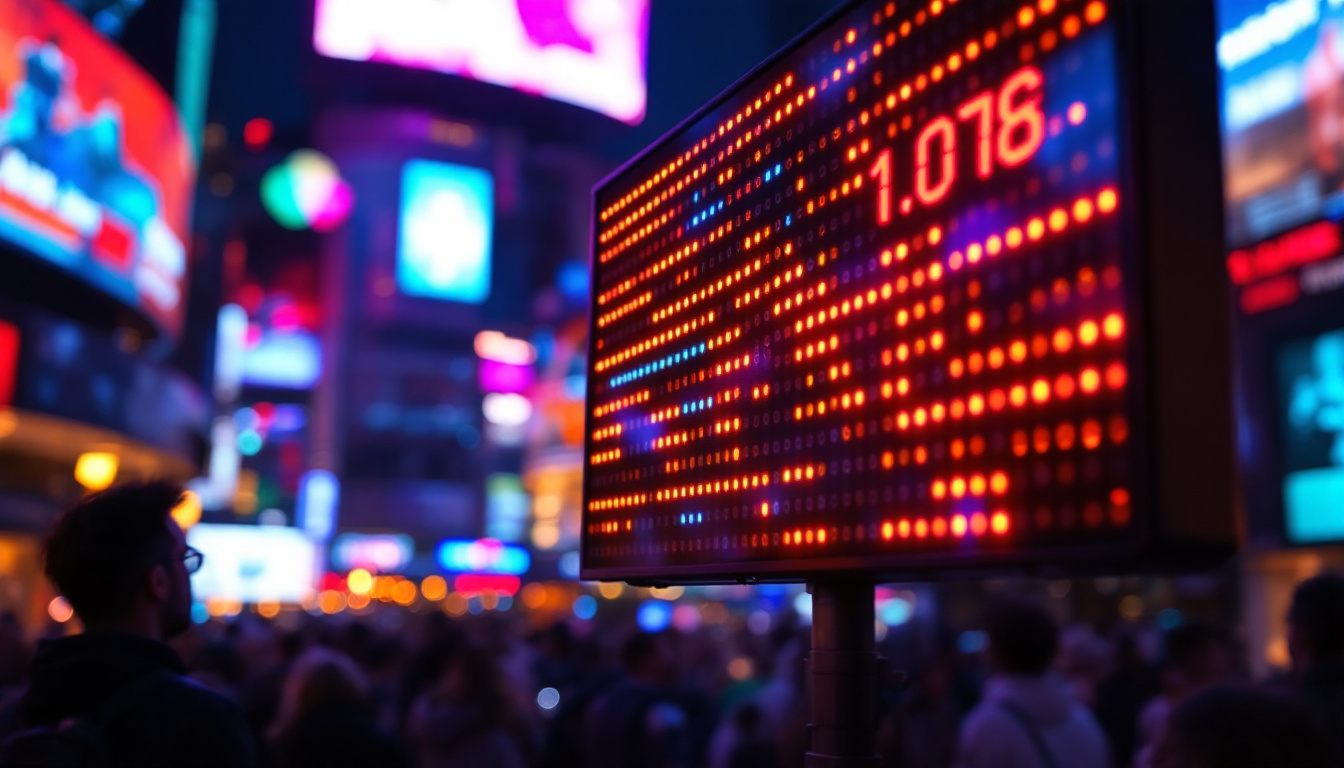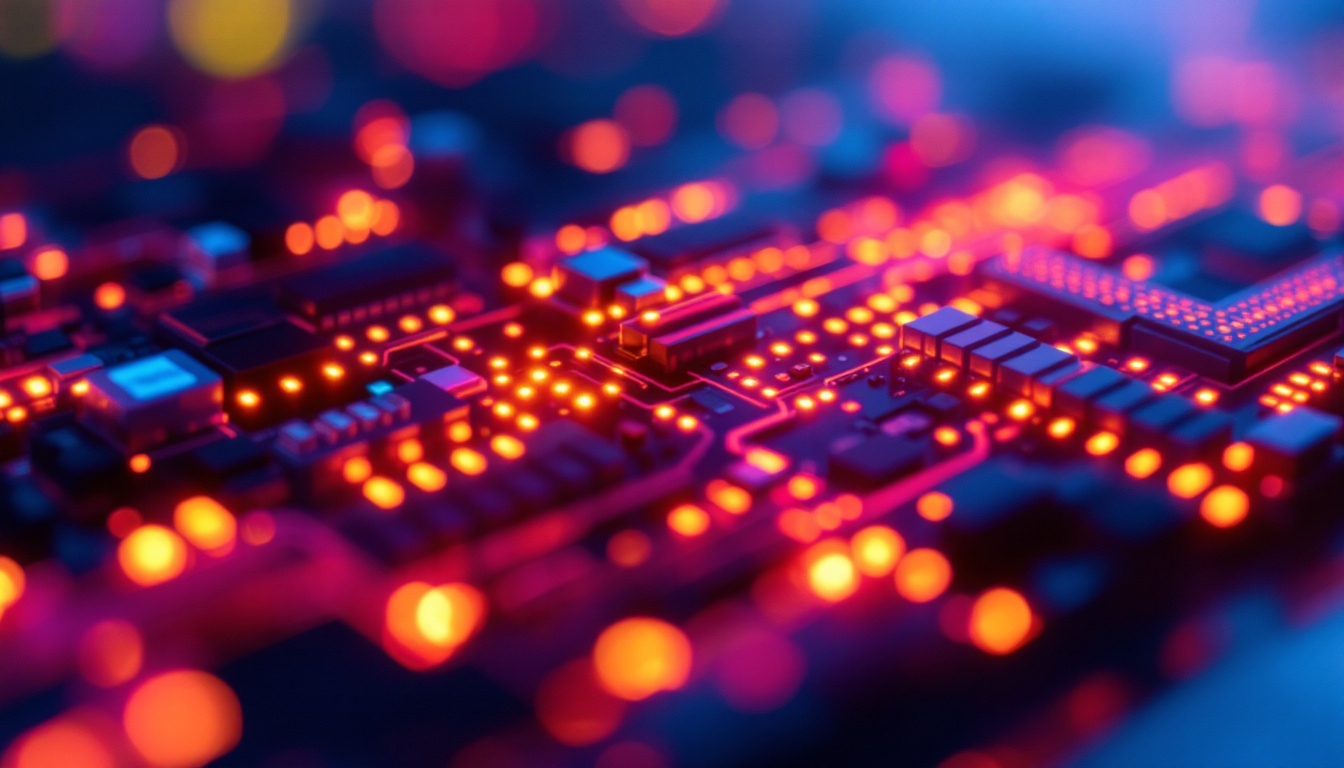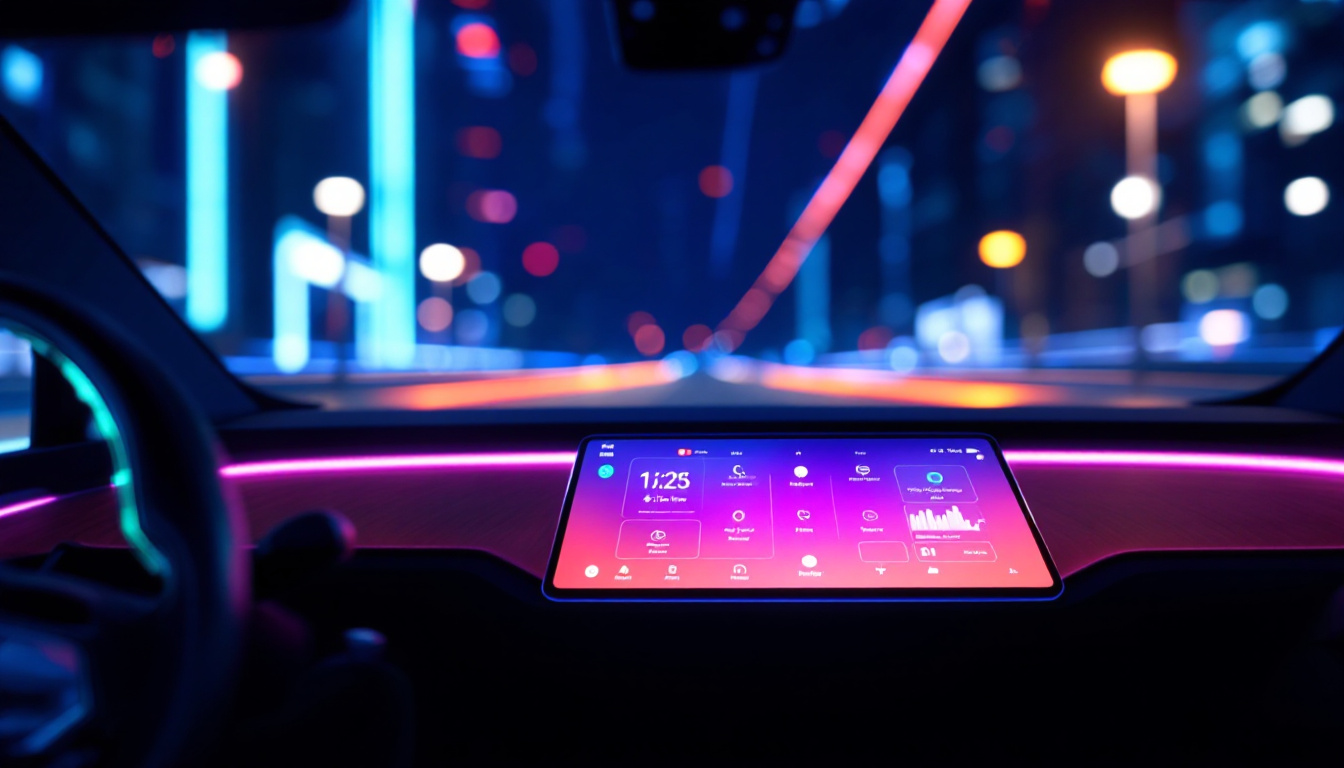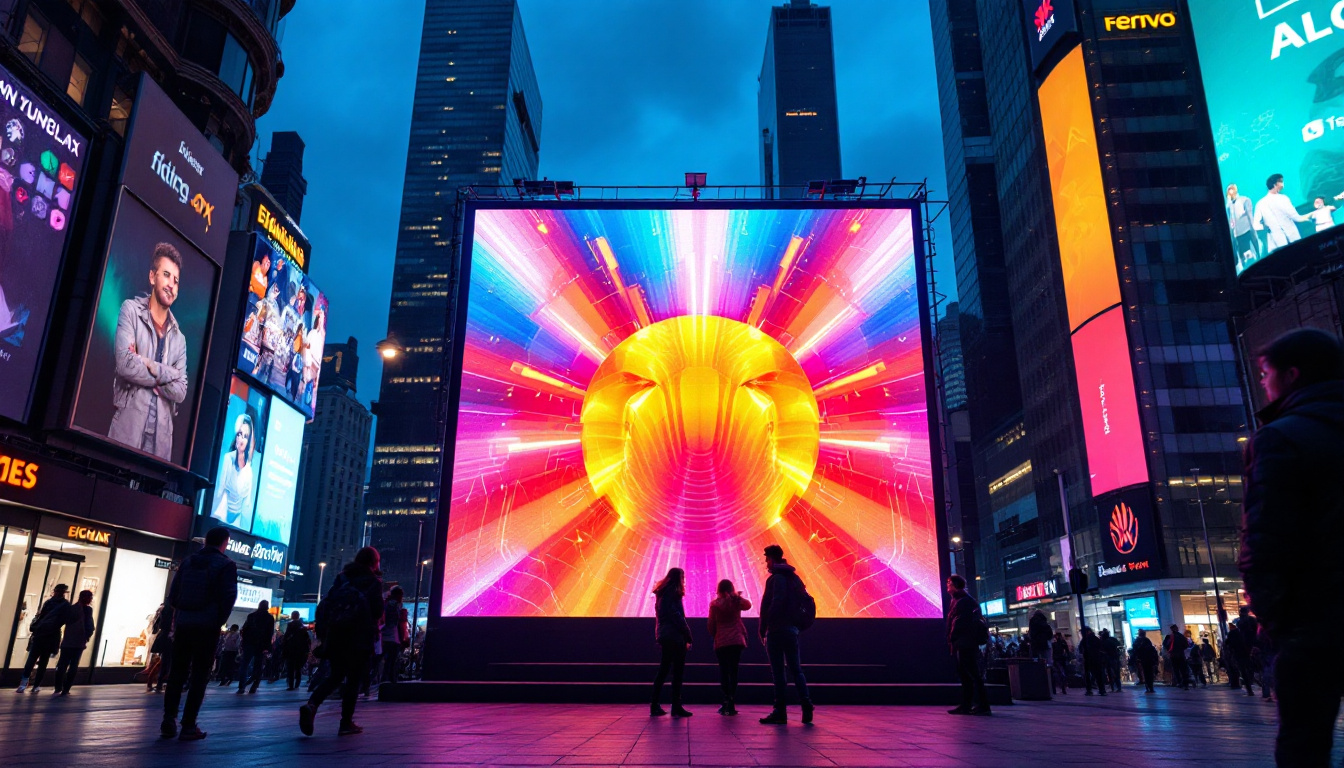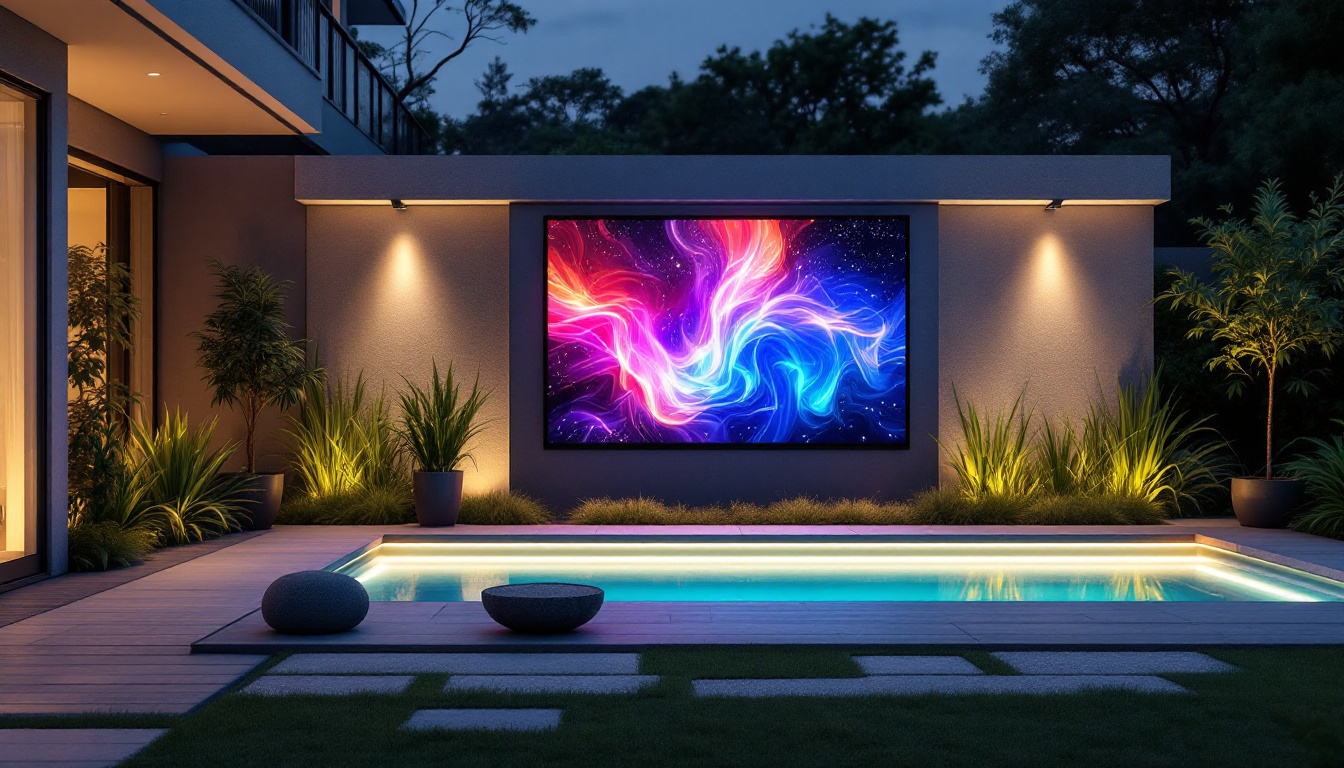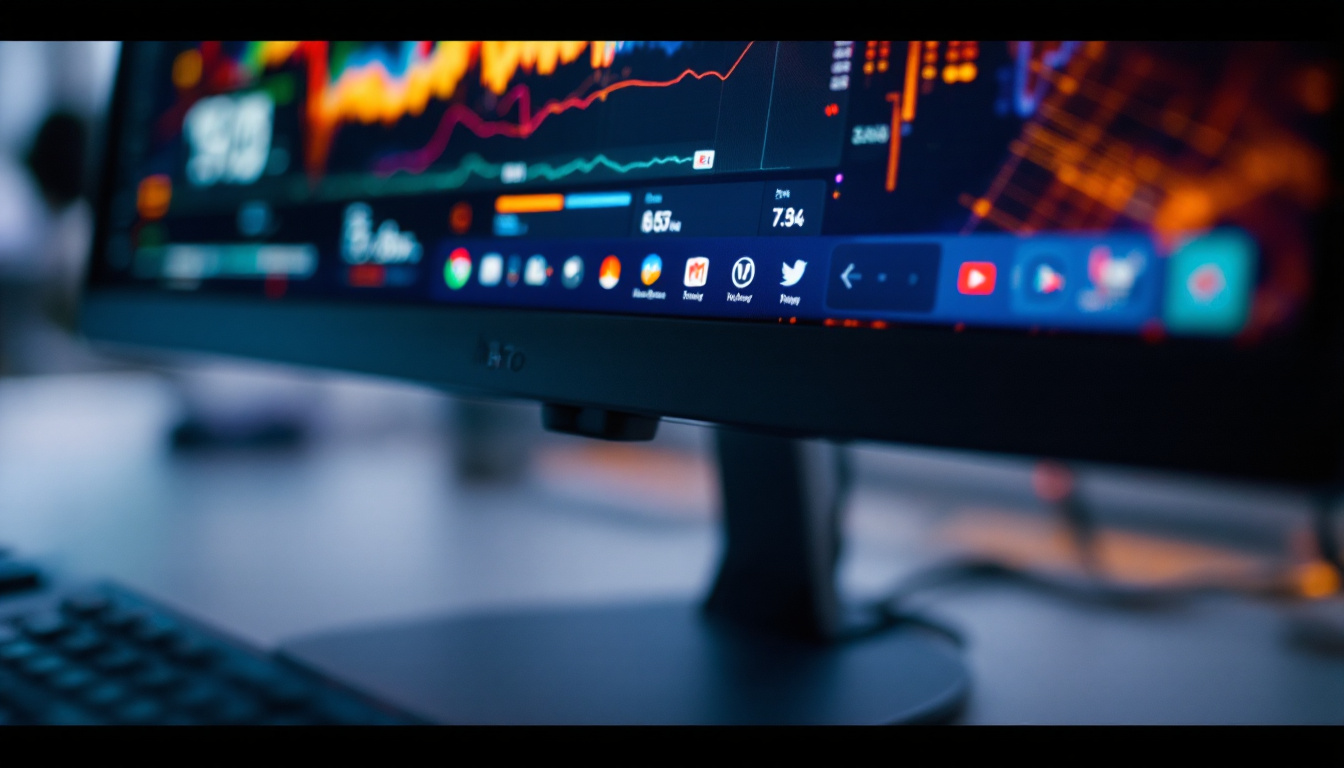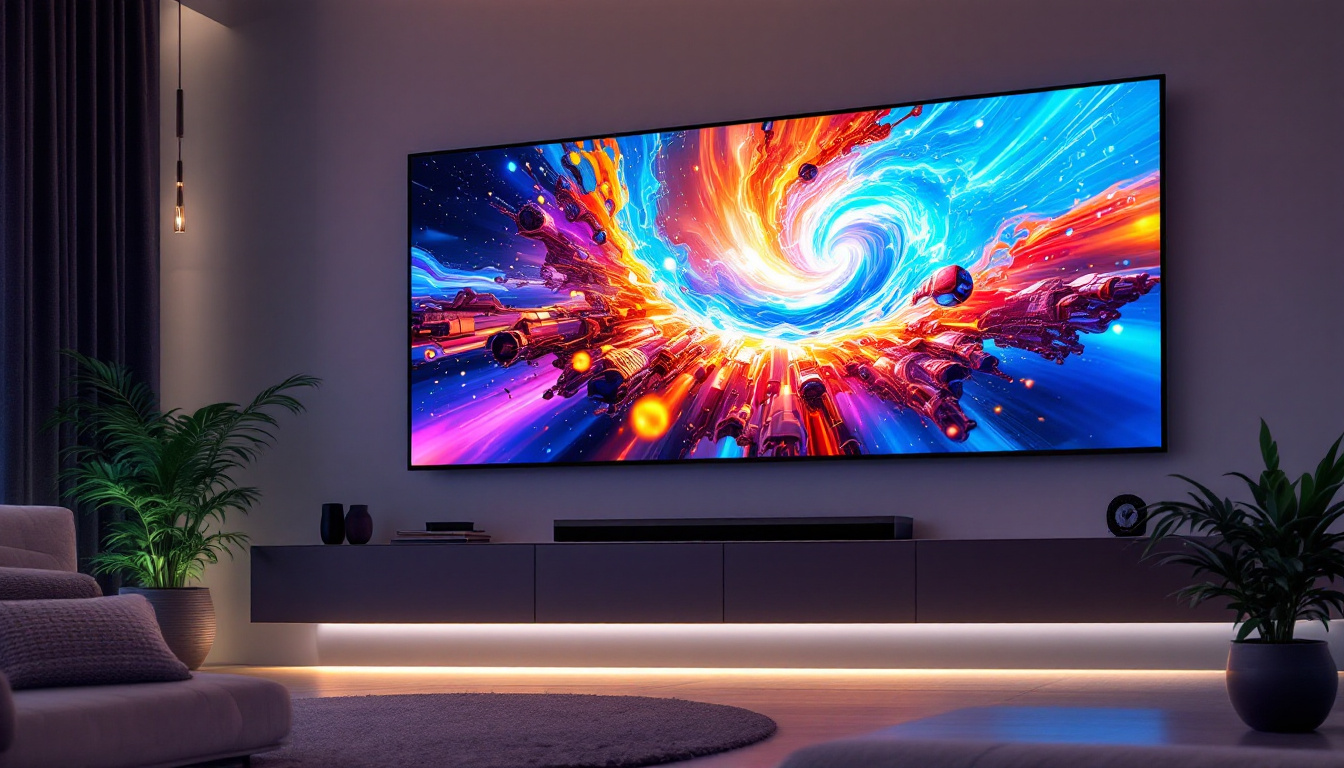Huge LCD Display: LED Display Explained
In the world of modern technology, displays have become an integral part of our daily lives. From smartphones to large public screens, the evolution of display technology has been nothing short of remarkable. Among the various types of displays available, LCD (Liquid Crystal Display) and LED (Light Emitting Diode) technologies stand out. This article delves into the intricacies of these technologies, focusing on how they work, their differences, and their applications.
Understanding LCD Technology
LCD technology has been a staple in display solutions for decades. It utilizes liquid crystals sandwiched between layers of glass or plastic. When an electric current is applied, these crystals align to allow varying amounts of light to pass through, creating images. This section will explore the components and functioning of LCDs in greater detail.
Components of an LCD Display
An LCD display consists of several key components that work together to produce images. The primary components include:
- Liquid Crystals: These are the core of the technology, responsible for modulating light. They do not emit light themselves but manipulate it.
- Backlight: Since LCDs do not produce their own light, a backlight is necessary. Typically, this is provided by fluorescent lamps or LEDs.
- Polarizers: Two polarizing filters are placed on either side of the liquid crystal layer to control the light passing through.
Each component plays a crucial role in ensuring that the display functions effectively, producing clear and vibrant images. Additionally, modern LCDs often incorporate advanced technologies such as In-Plane Switching (IPS) or Twisted Nematic (TN) panels, which enhance color accuracy and viewing angles. These innovations have allowed LCDs to maintain their relevance in a market increasingly dominated by OLED technology, as they offer a balance between cost and performance.
How LCDs Work
The operation of an LCD display can be broken down into several steps:
- The backlight illuminates the liquid crystal layer.
- Electric currents are applied to the liquid crystals, causing them to align in specific ways.
- The alignment of the crystals determines how much light passes through the polarizers, creating images and colors.
This process allows for the creation of detailed images, making LCDs suitable for various applications, from televisions to computer monitors. Furthermore, the color reproduction in LCDs is achieved through the use of sub-pixels, which are typically red, green, and blue. By varying the intensity of each sub-pixel, a wide spectrum of colors can be produced. This capability has made LCDs particularly popular in devices where color accuracy is paramount, such as in graphic design and photography. The continuous evolution of LCD technology also includes improvements in energy efficiency, making them more environmentally friendly and cost-effective for consumers.
Introduction to LED Technology
LED technology has gained immense popularity in recent years, particularly for its energy efficiency and brightness. Unlike LCDs, which rely on a backlight, LED displays use diodes that emit light directly. This section will explain the principles behind LED displays and their advantages.
What is an LED Display?
An LED display is a type of flat panel display that uses light-emitting diodes as pixels. These diodes can emit different colors of light, allowing for vibrant and dynamic images. LED displays can be categorized into two main types:
- Direct View LED: These displays consist of individual LEDs that form the entire image. They are commonly used in large outdoor screens and billboards.
- LED-Backlit LCD: This type combines LCD technology with LED backlighting, enhancing brightness and color accuracy.
Advantages of LED Displays
LED displays offer several advantages over traditional LCDs:
- Energy Efficiency: LEDs consume less power than traditional backlighting methods, making them more environmentally friendly.
- Brightness: LED displays can achieve higher brightness levels, making them suitable for outdoor use.
- Longevity: LEDs have a longer lifespan compared to traditional display technologies, resulting in lower replacement costs.
These benefits have led to a significant increase in the adoption of LED technology across various sectors. In addition to their practical advantages, LED displays have also revolutionized the way information is presented. For instance, in retail environments, vibrant LED screens can attract customers’ attention more effectively than static signage, leading to increased sales and engagement. The ability to display dynamic content, such as videos or real-time updates, provides businesses with a powerful tool for communication and marketing.
Furthermore, the versatility of LED technology extends beyond commercial applications. In the realm of art and entertainment, LED displays are used in concerts, exhibitions, and installations to create immersive experiences that captivate audiences. Artists and designers leverage the dynamic capabilities of LEDs to transform spaces and convey messages in innovative ways. As the technology continues to evolve, we can expect even more creative applications that push the boundaries of visual storytelling.
Comparing LCD and LED Displays
While both LCD and LED technologies are widely used, they have distinct differences that can influence the choice of display for specific applications. Understanding these differences is crucial for consumers and businesses alike.
Image Quality
Image quality is often a primary consideration when selecting a display. LCDs are known for their good color reproduction and sharpness, but LED displays typically surpass them in terms of brightness and contrast. The ability of LEDs to produce deeper blacks and more vibrant colors makes them a preferred choice for many applications. Additionally, LED displays often feature advanced technologies such as local dimming, which enhances contrast by adjusting the brightness of specific areas of the screen. This results in a more dynamic viewing experience, particularly in high-definition content where detail and depth are paramount.
Cost Considerations
When it comes to pricing, LCD displays are generally more affordable than their LED counterparts. However, the initial investment in LED technology may be offset by long-term savings in energy consumption and maintenance. Businesses looking for cost-effective solutions should weigh these factors carefully. Furthermore, the longevity of LED displays often surpasses that of traditional LCDs, which can lead to reduced replacement costs over time. As technology continues to evolve, the price gap between LCD and LED displays is narrowing, making it increasingly feasible for consumers to opt for the superior performance of LED without breaking the bank.
Energy Efficiency
Energy efficiency is another critical factor in the comparison between LCD and LED displays. LED displays are known for their lower power consumption, which not only contributes to reduced electricity bills but also supports environmental sustainability efforts. This efficiency is particularly important for businesses that operate multiple screens or large display setups, as the cumulative savings can be substantial. Additionally, many LED displays come with energy-saving features, such as automatic brightness adjustment based on ambient light, further enhancing their eco-friendly appeal. In contrast, traditional LCDs may consume more power, especially when displaying bright images, making it essential for consumers to consider the long-term implications of their display choices.
Applications of LCD and LED Displays
Both LCD and LED displays find applications in various fields, each with unique advantages. Understanding the specific use cases can help in making informed decisions.
LCD Applications
LCD technology is widely used in:
- Televisions: LCD TVs have been a popular choice for home entertainment, offering good picture quality at reasonable prices.
- Computer Monitors: Many computer monitors utilize LCD technology for its clarity and response times, making it suitable for gaming and professional work.
- Mobile Devices: Smartphones and tablets often feature LCD screens due to their thin profile and lightweight design.
LED Applications
LED displays are particularly favored in:
- Outdoor Advertising: The brightness and visibility of LED displays make them ideal for billboards and digital signage.
- Stage Lighting: In the entertainment industry, LED screens are used for concerts and events, providing dynamic visuals.
- Television and Monitors: LED-backlit LCDs are now common in TVs and monitors, combining the benefits of both technologies.
The Future of Display Technology
As technology continues to evolve, the future of display technology looks promising. Innovations in both LCD and LED technologies are paving the way for even more advanced solutions.
Emerging Technologies
New developments in display technology include:
- MicroLED: This technology combines the benefits of LED and OLED, offering superior brightness and contrast without the drawbacks of traditional LCDs.
- OLED: Organic Light Emitting Diodes provide exceptional color accuracy and contrast ratios, making them increasingly popular for high-end displays.
- Flexible Displays: Advances in materials science are leading to the development of flexible and foldable displays, opening up new possibilities for consumer electronics.
Impact on Consumer Choices
As consumers become more aware of the differences in display technologies, their preferences are shifting. The demand for energy-efficient, high-quality displays is driving manufacturers to innovate and improve their offerings.
Conclusion
In summary, both LCD and LED display technologies have their unique advantages and applications. Understanding the differences between these technologies is essential for making informed decisions, whether for personal use or business applications. As the industry continues to evolve, staying informed about emerging technologies will ensure that consumers and businesses can take advantage of the best display solutions available.
With advancements in technology, the future of displays promises to be even more exciting, offering enhanced experiences for users across various sectors. Whether one opts for the reliability of LCDs or the brilliance of LEDs, the choice ultimately depends on specific needs and preferences.
Discover Cutting-Edge LED Displays with LumenMatrix
As you consider the future of display technology for your personal or business needs, LumenMatrix stands at the forefront, ready to illuminate your world with our innovative LED display solutions. Embrace the power of Indoor and Outdoor LED Wall Displays, the mobility of Vehicle LED Displays, the sleekness of LED Poster Displays, and the dynamism of LED Sports and Floor Displays. Our Custom, All-in-One, and LED Transparent Displays are designed to revolutionize visual communication and bring your message to life with unmatched vibrancy and precision. Experience the difference and Check out LumenMatrix LED Display Solutions to enhance your brand visibility and create truly captivating visual experiences.

